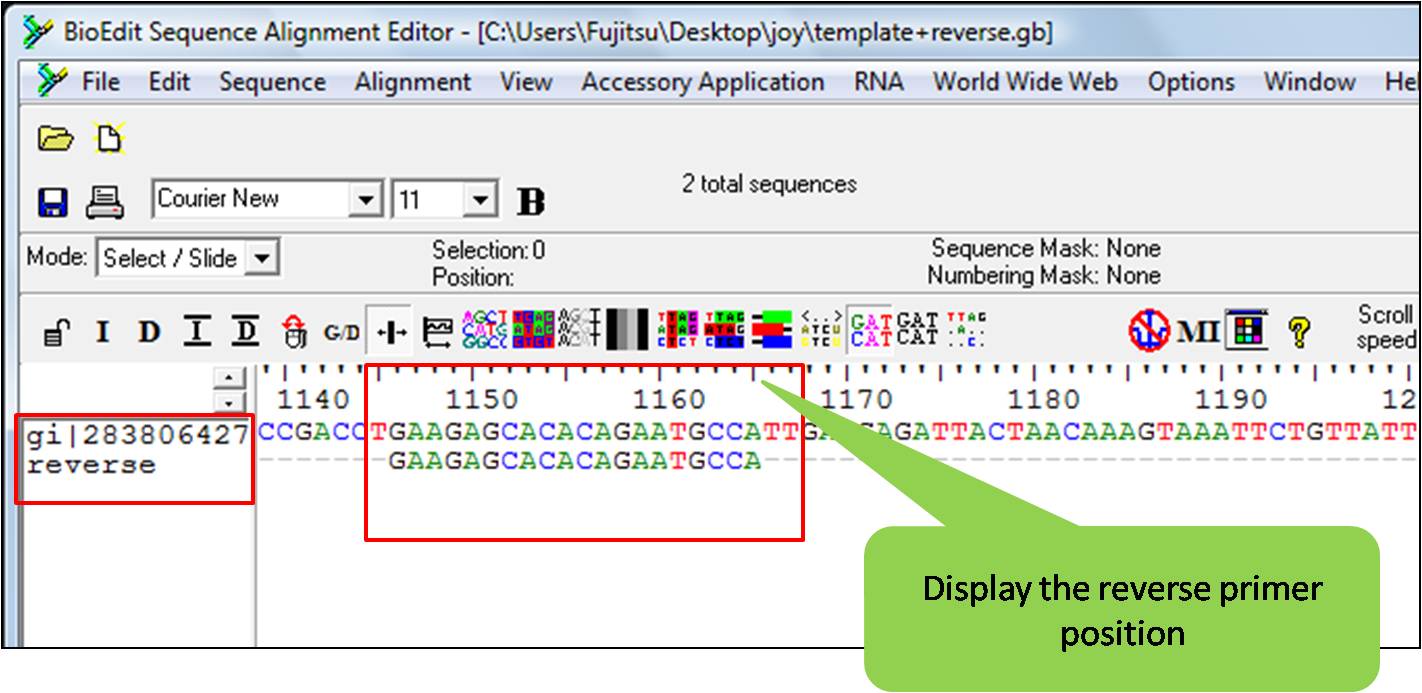

I manually align them and check for obvious missing bases and either correct them or add a gap to preserve the alignment. Tutotial on the File menu, Export as text. Tutoriwl the size of the chromatogram trace with the Horizontal scale and Vertical scale bars to the top left of the image. On the lower toolbar 3rd of the alignment window, select the first solidly colored button. Select to the end including the current residue. Each group should log on to a PC using the class ID bisc and the password pseud. Overwrite the sequence title onto the next title shifting up, when the title is being edited. Enter that information in the header of the MEGA file. BioEdit Tutorials – Practical Bioinformaticsīe careful to tutorisl. I usually make all of my edits as lower case bases as it makes it easier to identify where I have made edits. The chromatograms come off the machine with all bases in upper case. Each group should choose one of the sequence files on the disk, and copy it from drive A to the desktop. Repeat this process for the pstblue1vector. Look in the Desktop or wherever else you saved the edited sequence filesfiles of type All files. I select a point in the reverse, then select sequence to the tuhorial Edit, Select to End, control-e. Indication of selected region on the aligment window not changed. In that case I try and get them close, but each individual one many require adjustment. MEGA also has an alignment editor, but I’ve not really used it very much. BioEdit can also edit chromatograms, but I find Chromas to be nicer. BioEdit is a mouse-driven, easy-to-use sequence alignment editor and sequence analysis program designed and written by a graduate student. This is likely to be the final release of BioEdit. North Carolina State University, Department of Microbiology.


 0 kommentar(er)
0 kommentar(er)
